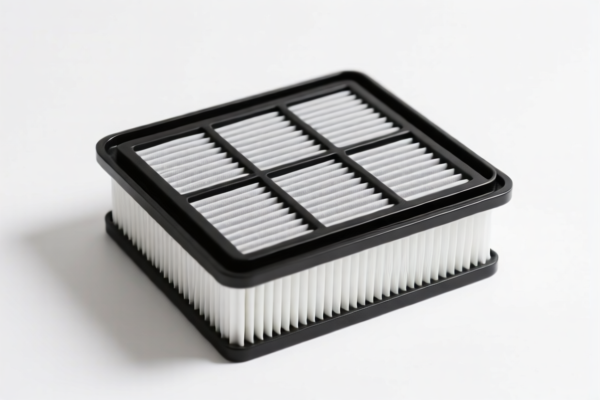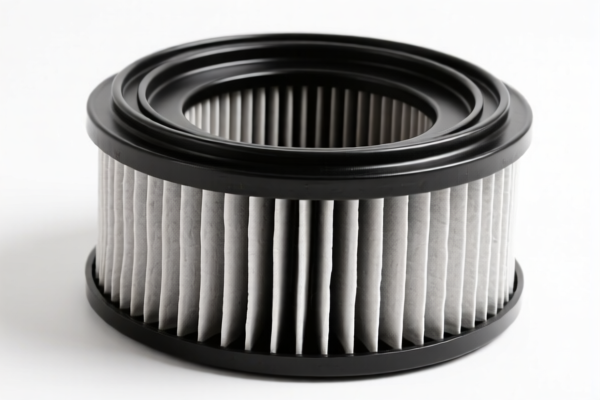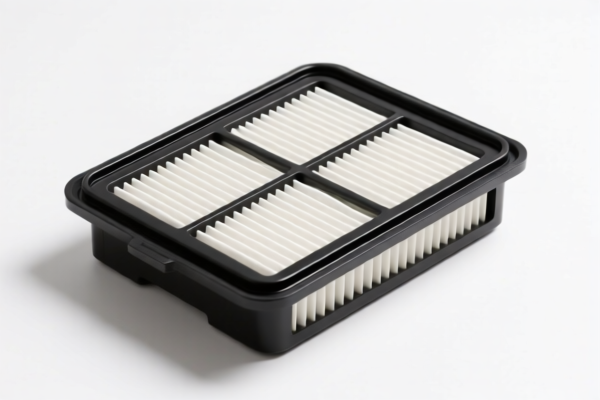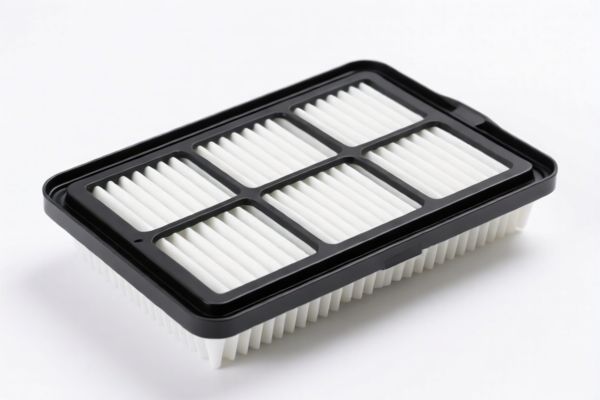| HS Code | Official Doc | Tariff Rate | Origin | Destination | Effective Date |
|---|---|---|---|---|---|
| 8414100000 | Doc | 57.5% | CN | US | 2025-05-12 |
| 8414800500 | Doc | 55.0% | CN | US | 2025-05-12 |




Air Management
Air management encompasses the systems and technologies used to control, circulate, and filter air, typically within buildings, vehicles, and industrial processes. Its primary goals are to provide breathable air, maintain comfortable temperatures, and remove contaminants.
Purpose:
- Ventilation: Supplying fresh air and removing stale air, reducing carbon dioxide levels and preventing the buildup of odors.
- Temperature Control: Heating, cooling, and dehumidifying air to create a comfortable indoor environment.
- Air Quality: Filtering out dust, pollen, bacteria, viruses, and other pollutants to improve indoor air quality and protect health.
- Process Control: In industrial settings, air management regulates air flow for specific manufacturing, combustion, or drying processes.
- Pressure Regulation: Maintaining specific air pressures within spaces for safety or operational requirements.
Function:
Air management systems operate through a combination of components:
- Fans & Blowers: Move air through ducts and ventilation systems.
- Filters: Remove particulate matter and gaseous contaminants. Types include:
- Mechanical Filters: Capture particles using a physical barrier. (e.g., HEPA filters, MERV filters)
- Activated Carbon Filters: Adsorb odors and gases.
- Electrostatic Precipitators: Use an electric charge to remove particles.
- Ductwork: A network of channels that distributes air throughout a space.
- Heating, Ventilation, and Air Conditioning (HVAC) Systems: Integrate heating, cooling, and air filtration.
- Dampers: Control the flow of air within ducts.
- Sensors & Controls: Monitor air quality, temperature, and humidity, and adjust system operation accordingly.
- Humidifiers/Dehumidifiers: Add or remove moisture from the air.
- Air Purifiers: Self-contained units that filter air in a specific room.
Usage Scenarios:
- Buildings (Residential & Commercial): HVAC systems provide comfort cooling, heating, and ventilation.
- Automotive: Vehicle cabin air filtration systems remove pollutants and allergens. Engine air intake systems regulate air flow for combustion.
- Industrial Processes: Air management is crucial in manufacturing, power generation, chemical processing, and food production for process control, dust collection, and safety.
- Healthcare Facilities: Strict air filtration and ventilation requirements to prevent the spread of infections. Operating rooms utilize specialized air handling systems.
- Aerospace: Pressurization and air conditioning systems in aircraft.
- Data Centers: Cooling systems to prevent overheating of servers.
- Mining: Ventilation systems to remove dust and harmful gases.
Common Types of Air Management Systems:
- Central HVAC Systems: Large-scale systems that serve an entire building.
- Split Systems: Consist of an outdoor unit (condenser) and an indoor unit (air handler).
- Ductless Mini-Split Systems: Individual units that do not require ductwork.
- Window Air Conditioners: Self-contained units that fit in a window.
- Portable Air Purifiers: Small, self-contained units that can be moved from room to room.
- Whole-House Fans: Exhaust hot air from the attic, reducing cooling costs.
- Energy Recovery Ventilators (ERVs): Exchange heat and moisture between incoming and outgoing air, improving energy efficiency.
- Make-Up Air Units: Supply fresh air to compensate for air exhausted by other systems.
Air management broadly encompasses components used to control, compress, and move air or other gases. Based on the provided information, the following HS codes are relevant:
-
8414.10.00.00: This HS code covers Air or vacuum pumps, air or other gas compressors and fans; ventilating or recycling hoods incorporating a fan, whether or not fitted with filters; gas-tight biological safety cabinets, whether or not fitted with filters; parts thereof: Vacuum pumps.
- 84: Chapter 84 pertains to Nuclear reactors, boilers, machinery and mechanical appliances; parts thereof.
- 14: Heading 8414 specifically addresses pumps, compressors, fans, and related equipment.
- 10.00.00: This subheading narrows the scope to vacuum pumps. These are used in a variety of applications requiring the creation of a vacuum, such as laboratory equipment, packaging, and manufacturing processes. The basic duty is 2.5%, with an additional 25% surcharge, increasing to 30% after April 2, 2025, resulting in a total tariff of 57.5%.
-
8414.80.05.00: This HS code covers Air or vacuum pumps, air or other gas compressors and fans; ventilating or recycling hoods incorporating a fan, whether or not fitted with filters; gas-tight biological safety cabinets, whether or not fitted with filters; parts thereof: Other, except parts: Air compressors: Turbochargers and superchargers.
- 84: Chapter 84 pertains to Nuclear reactors, boilers, machinery and mechanical appliances; parts thereof.
- 14: Heading 8414 specifically addresses pumps, compressors, fans, and related equipment.
- 80.05.00: This subheading covers air compressors, specifically turbochargers and superchargers. These are commonly used in internal combustion engines to increase power output. The basic duty is 0.0%, with an additional 25% surcharge, increasing to 30% after April 2, 2025, resulting in a total tariff of 55.0%.
According to the provided reference material, the HS code options related to 'air management' are limited, with only the following 2 found.
Customer Reviews
No reviews yet.